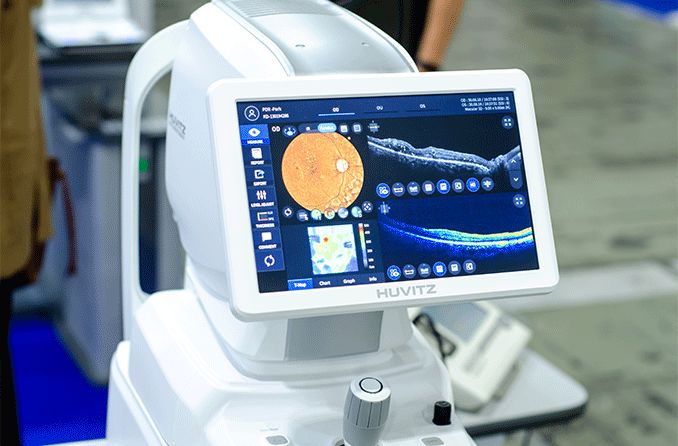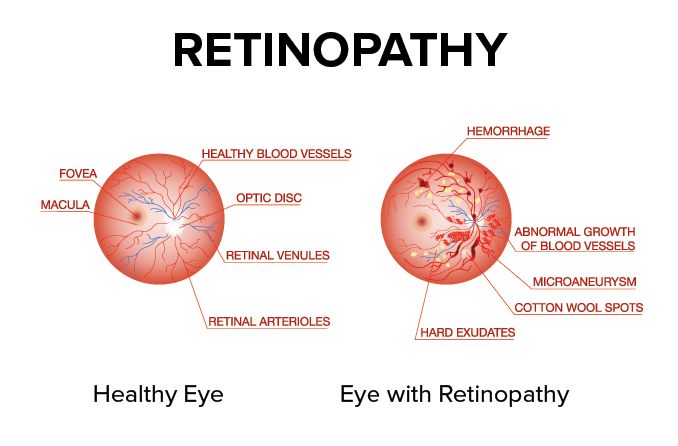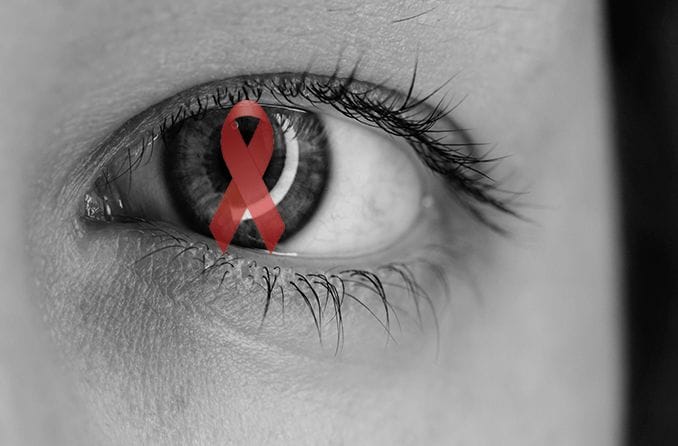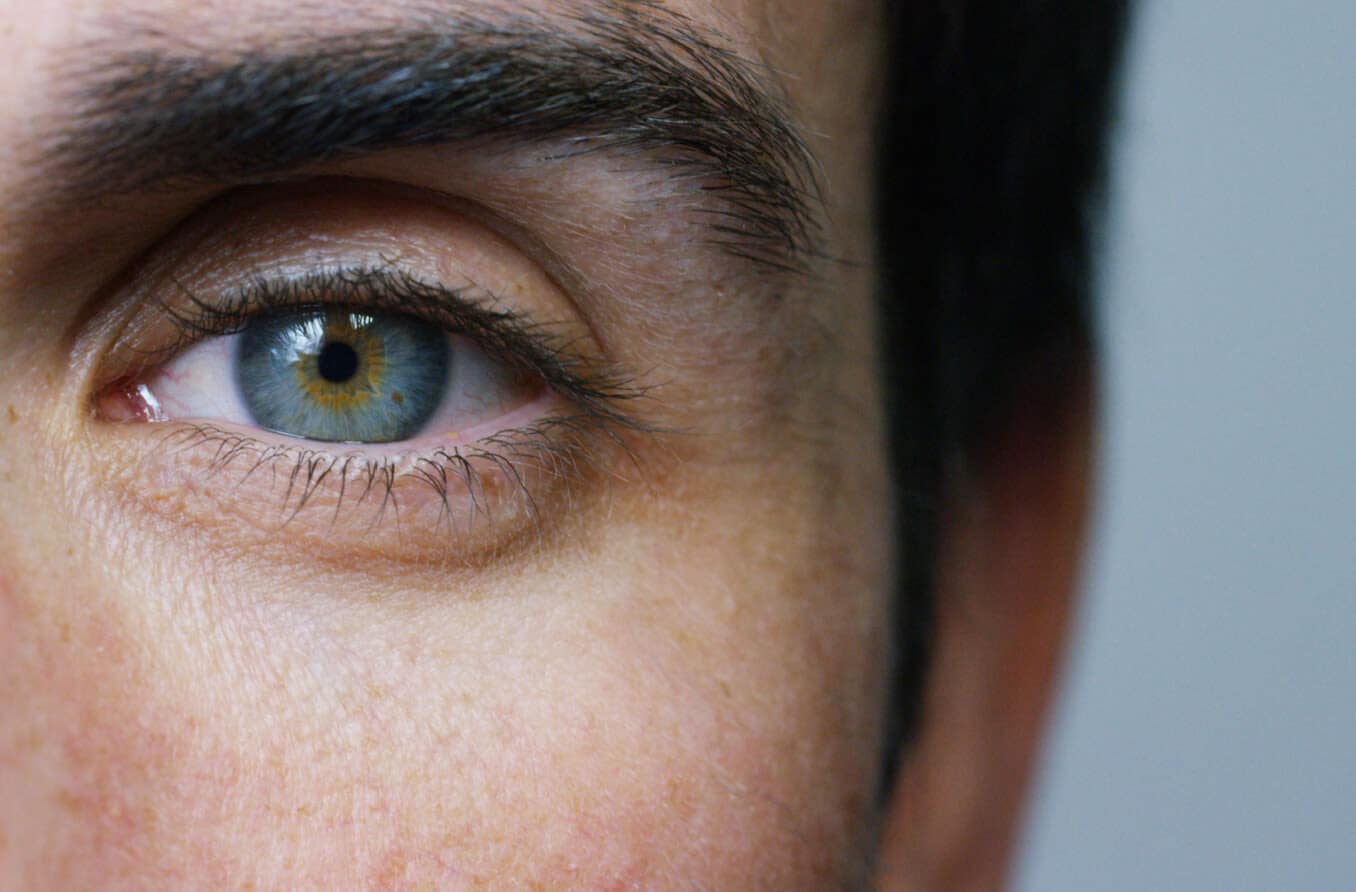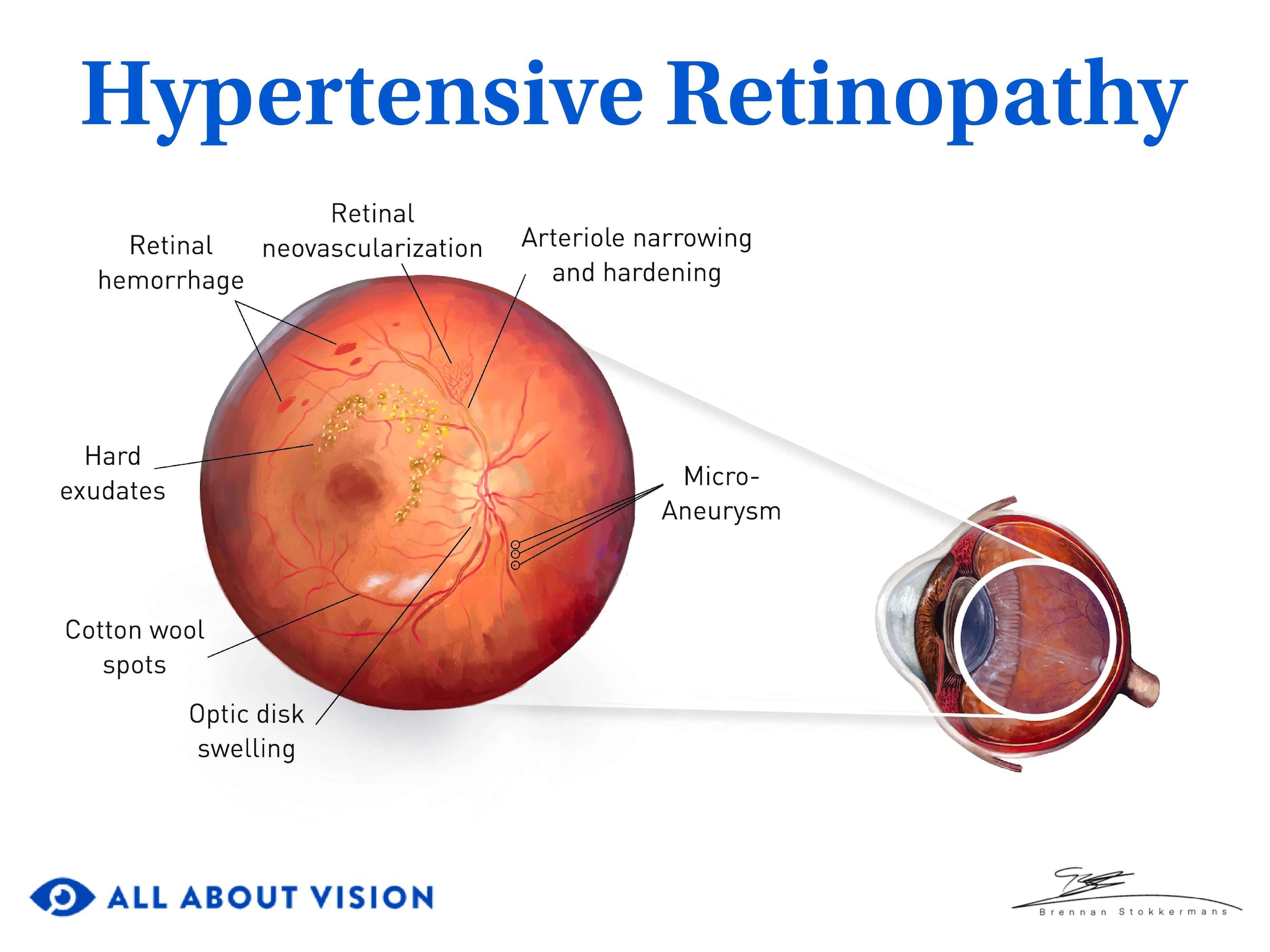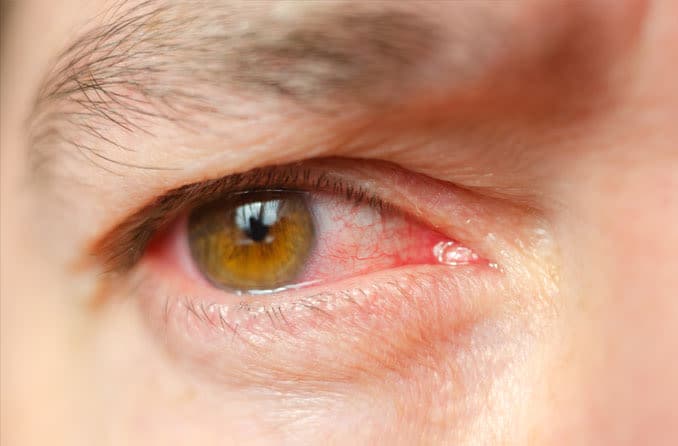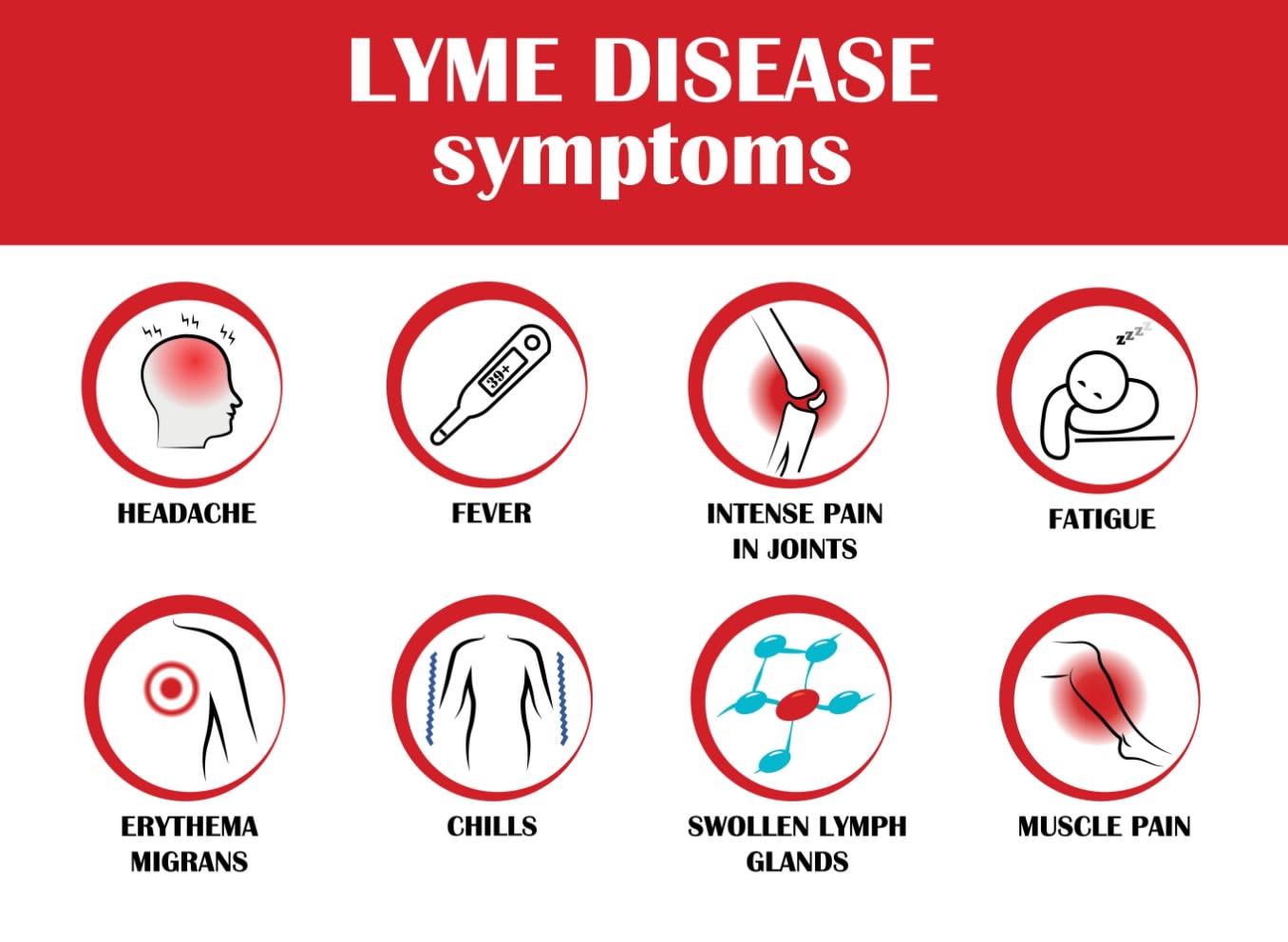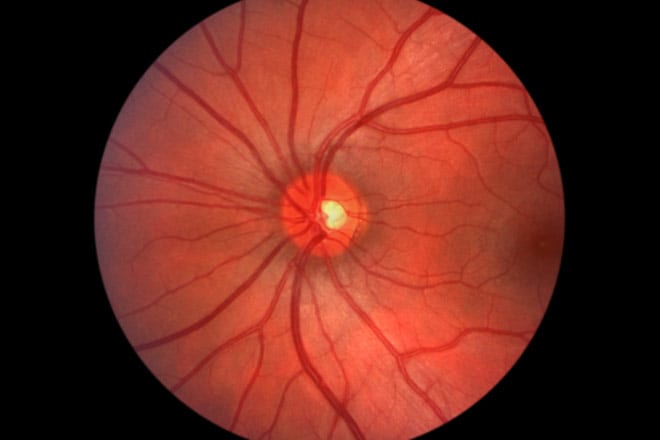What is chorioretinitis?
Chorioretinitis is inflammation of the retina and choroid of the eye and is a type of uveitis. The condition is typically caused by a bacterial, parasitic or viral infection. Chrorioretinitis can cause vision loss and even blindness if not treated promptly and properly by an eye doctor.
A type of uveitis
Chorioretinitis is a type of uveitis, which is inflammation of the middle layer of the eye. This middle layer, the uvea, has three parts:
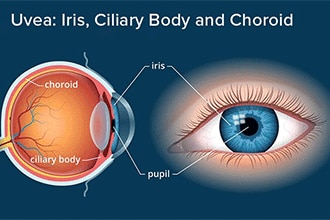
Ciliary body – the part of the eye behind the iris that produces fluid in the eye and helps the lens of the eye to focus on items nearby
Choroid – a layer of tissue full of blood vessels that serves many functions, including nourishing parts of the eye, controlling the temperature in the retina and absorbing harmful rays of light
Iris – the colored part of the eye with muscles that make the pupil larger or smaller to let in more or less light
Uveitis is a general term that refers to inflammation in any of these parts of the eye: the ciliary body, choroid or iris. Chorioretinitis is a more specific term referring specifically to inflammation in the choroid of the eye and the retina.
What causes chorioretinitis?
The cause of chorioretinitis varies by patient. Doctors aren’t always sure what causes this condition. Cases of chorioretinitis are usually divided into two groups: infectious (caused by an infection) and non-infectious (not caused by an infection.)
Causes of chorioretinitis may include:
Bacterial infections – bartonella, tuberculosis, Lyme disease and syphilis
Fungal infections – for example, those caused by candida
Parasitic infections – for example, toxoplasmosis, which can come from cats
Viral infections – cytomegalovirus (CMV), herpes simplex, HIV, rubella and West Nile virus
Inflammatory disorders – for example, Behcet’s disease and sarcoidosis
A person can have chorioretinitis at birth or develop the condition later in life. It’s important to see an eye doctor for early diagnosis and treatment because the condition can threaten vision.
The most common type: toxoplasma chorioretinitis
Chorioretinitis is usually caused by an infection. The most common cause of chorioretinitis worldwide is the parasite toxoplasma gondii. This causes toxoplasma chorioretinitis.
People may get infected by this parasite in one of two ways:
From eating undercooked meat
From having contact with cat waste
It is also possible for a baby to get the infection from its mother before birth. The infection is especially dangerous for people who are pregnant or have a weakened immune system.
Chorioretinitis symptoms
Chorioretinitis typically does not cause as many symptoms as uveitis in the iris toward the front of the eye. In fact, chorioretinitis is typically painless.
If symptoms of chorioretinitis do occur, they might include:
However, both of these chorioretinitis symptoms are also symptoms of many other conditions.
Eye floaters (vitreous floaters) are spots in your vision that may seem to drift or float across your vision. They may look like dots, specks or rings. A sudden burst of eye floaters could also be a symptom of retinal detachment, which requires immediate treatment.
If you have symptoms such as unexplained blurry vision or floaters, see an eye doctor for diagnosis and treatment.
Also note, chorioretinitis is typically painless when only the posterior segment of the eye is affected. However, pain or redness can occur if there is also inflammation of the anterior segment of the eye during chorioretinitis.
If the anterior segment also becomes inflamed, symptoms would likely include one or more of the following:
Pain
Redness
Light sensitivity
Tearing
Chorioretinitis diagnosis
An eye doctor can diagnose chorioretinitis by doing a comprehensive eye exam, asking questions and administering a variety of tests.
Tests that may be used to diagnose chorioretinitis include:
A Fundus Fluorescein Angiography (FFA) to look at blood flow in the back of the eyes
Eye imaging such as Optical Coherence Tomography (OCT) to look for macular changes in the eye
Lab tests to detect infections that may cause chorioretinitis
An eye doctor may need to rule out other conditions that look similar to chorioretinitis. For example, some children are born with a condition called chorioretinal coloboma, a defect in the choroid or retina that forms during fetal development.
SEE RELATED: Fundus and Fluorescein Angiography
Chorioretinitis treatment
Treatment for chorioretinitis may help to preserve vision. Chorioretinitis treatment may include:
Antibiotics, antiviral or antiparasitic medications to treat any underlying infection that caused the chorioretinitis
Corticosteroid drugs, such as prednisone pills, to treat the inflammation in the choroid and retina
The prognosis depends on the patient, but some patients recover from chorioretinitis without vision loss. In some cases, chorioretinitis can cause blindness, especially if there is a lesion near the macula and optic nerve.
What is a chorioretinal scar?
A chorioretinal scar is a small area of pigment or fibrous tissue in the back of the eye. It may or may not affect vision, depending on where it is located in the eye.
What causes a chorioretinal scar? This change in the eye may be caused by an eye infection or injury that occurred in the past. In some cases, chorioretinitis caused by toxoplasmosis can present as a chorioretinal scar during the inactive stage.
What is chorioretinal atrophy?
Some patients with chorioretinitis may develop chorioretinal atrophy. This means that the choroid and the retina may shrink and lose some function. For example, it is common for babies with chorioretinitis caused by the Zika virus to also develop macular chorioretinal atrophy.
See your eye doctor for chorioretinitis
If you have any eye symptoms, make an appointment with your eye doctor for diagnosis and treatment. It’s important to get regular eye exams and contact your eye doctor in between visits if you develop eye symptoms.
If you are due for an eye exam or you’re having vision issues, get in touch with your eye doctor today to set up a visit.
READ NEXT: Central serous chorioretinopathy (CSCR)
